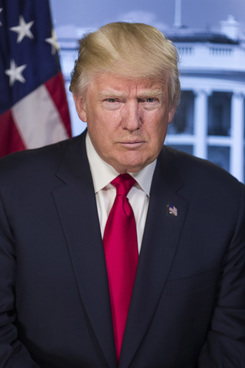Statement by Donald J. Trump, April 26, 2018:

On World Intellectual Property Day, we not only celebrate invention and innovation, but also we recognize how integral intellectual property rights are to our Nation’s economic competitiveness. Intellectual property rights support the arts, sciences, and technology. They also create the framework for a competitive market that leads to higher wages and more jobs for everyone. The United States is committed to protecting the intellectual property rights of our companies and ensuring a level playing field in the world economy for our Nation’s creators, inventors, and entrepreneurs.
Our country will no longer turn a blind eye to the theft of American jobs, wealth, and intellectual property through the unfair and unscrupulous economic practices of some foreign actors. These practices are harmful not only to our Nation’s businesses and workers but to our national security as well. Intellectual property theft is estimated to cost our economy as much as $600 billion a year. To protect our economic and national security, I have directed Federal agencies to aggressively respond to the theft of American intellectual property. In combatting this intellectual property theft, and in enforcing fair and reciprocal trade policy, we will protect American jobs and promote global innovation.